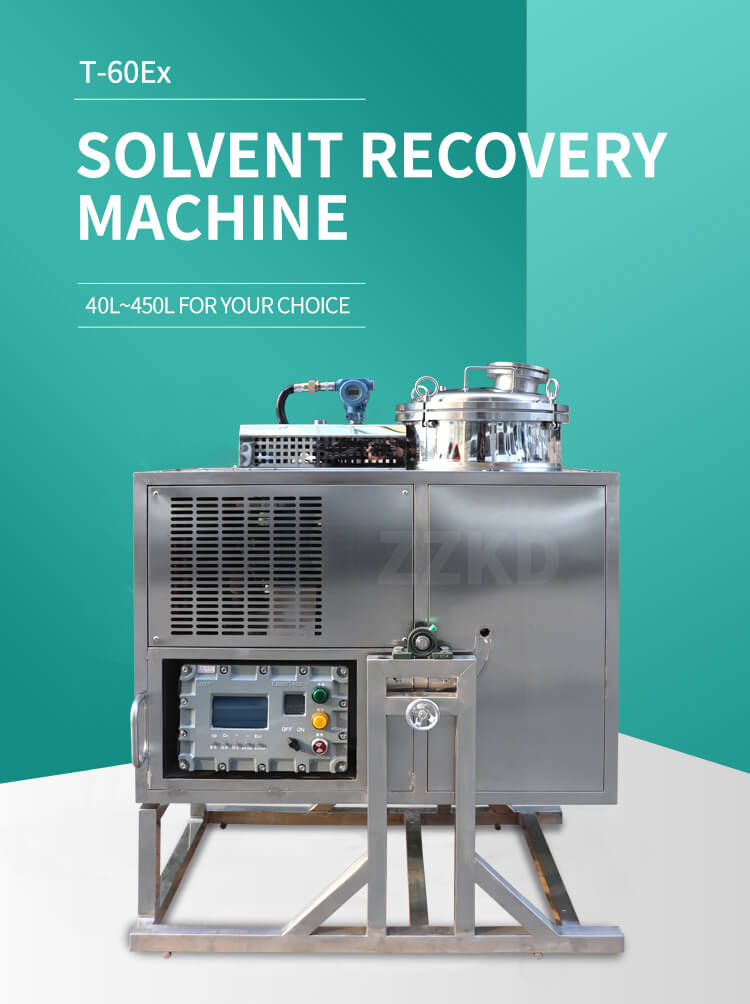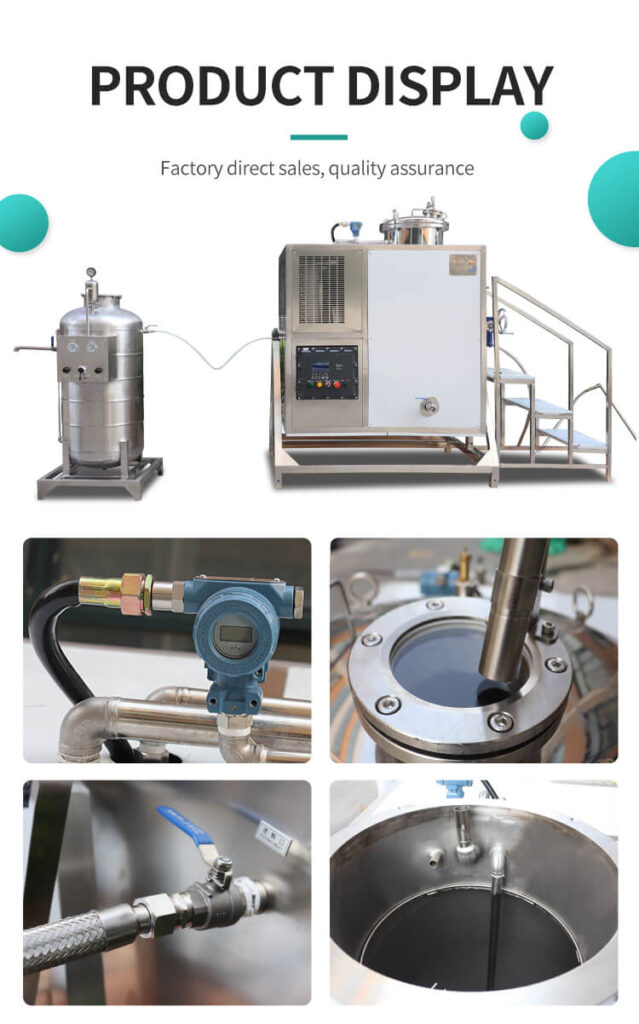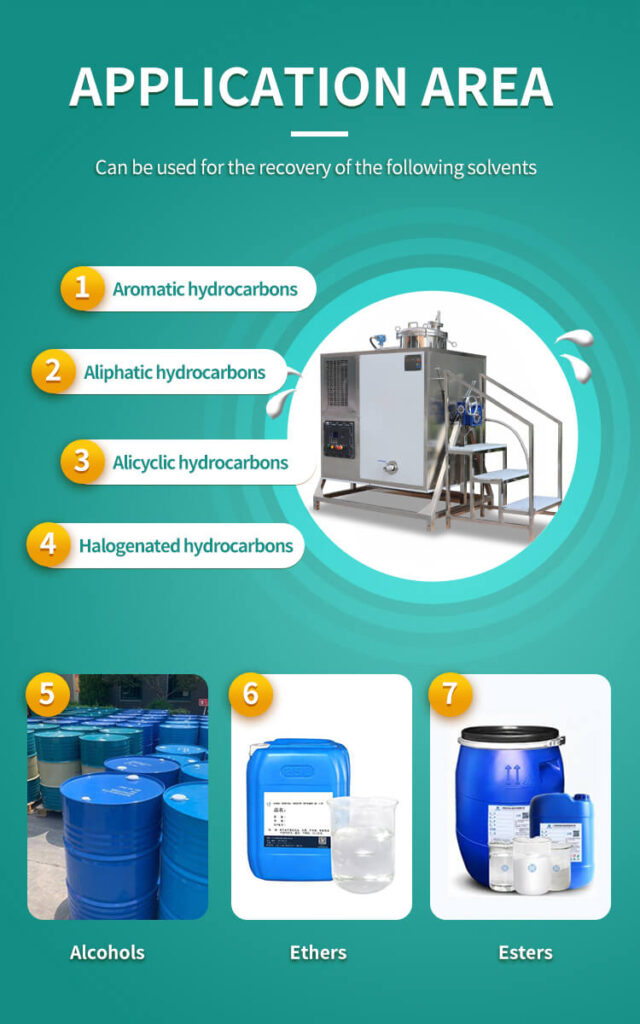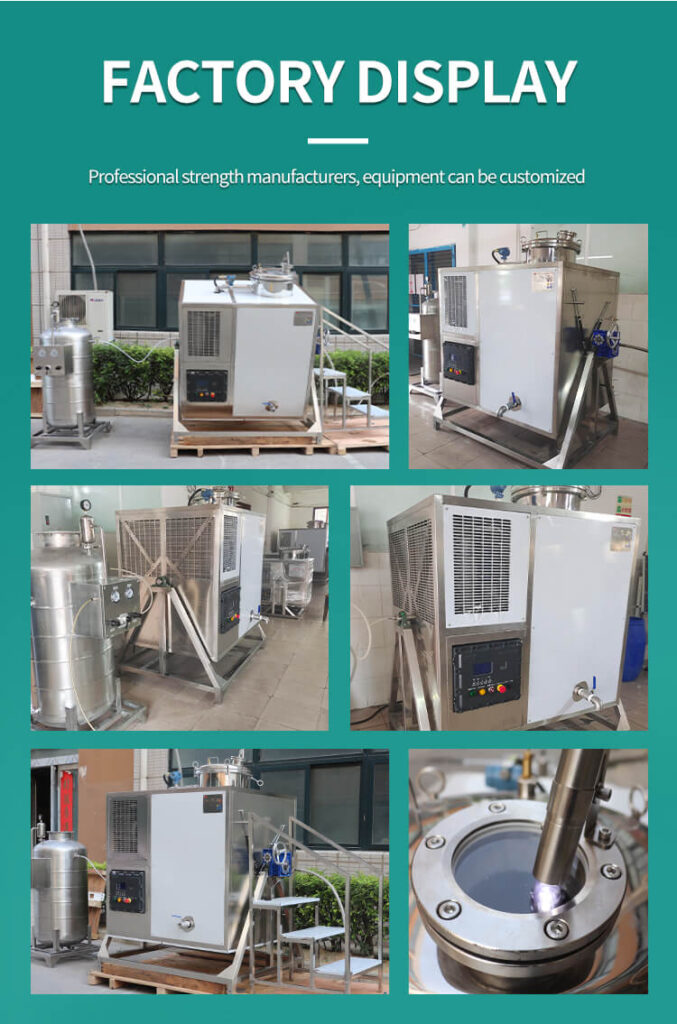Solvent recovery distillation units have emerged as a crucial component in chemical and pharmaceutical industries. These innovative systems play a pivotal role in the efficient and sustainable recovery of solvents used in various processes. By harnessing the power of distillation, these solvent recycler machine have revolutionized solvent management. They are known for their effectiveness, safety, and environmental benefits.
The process of solvent recovery distillation unit involves the separation of solvents from other substances using the principles of distillation. These units are engineered to operate with precision, ensuring the highest degree of solvent purity and reusability. The units come in various sizes and configurations, making them suitable for diverse industrial applications.
In recent years, the chemical and pharmaceutical industries have witnessed a significant shift towards adopting solvent recovery distillation units. This shift is driven by the need to improve sustainability, reduce costs, and enhance operational efficiency. These units are at the forefront of this transformation, making them a focal point of discussion in the industrial landscape.
Advantages of Solvent Recovery Distillation Units
Solvent recovery distillation units offer a plethora of advantages to industries that rely on solvents in their processes. Let’s delve into some of the key benefits that make them indispensable:
1. Economic Efficiency: Solvent recovery distillation unit significantly reduce the costs associated with solvent procurement. By enabling the reuse of solvents, industries can cut down on their expenditure, leading to substantial savings.
2. Environmental Sustainability: These units contribute to a greener and more sustainable industrial landscape. They help in minimizing solvent waste, which, if not managed properly, can have detrimental environmental effects. By reusing solvents, industries can reduce their environmental footprint.
3. Enhanced Product Quality: The distillation process employed by these units ensures that recovered solvents are of the highest quality. This, in turn, leads to the production of higher-quality products with fewer impurities.

Operating Principles of Solvent Recovery Distillation Units
To comprehend the inner workings of solvent recovery distillation unit, it’s essential to understand their operating principles. These units rely on the fundamental concept of distillation, a process that separates substances based on their boiling points.
The process begins by heating the solvent mixture in a distillation chamber. As the temperature rises, the solvent with the lower boiling point evaporates first. The vapor is then condensed and collected, resulting in the recovery of the pure solvent. This recovered solvent can be reused in various industrial processes.
Solvent recovery distillation units are designed with precision to ensure that the recovered solvent meets stringent quality standards. The level of purity achieved is one of the reasons these units are highly regarded in the industry.


Industrial Applications of Solvent Recovery Distillation Units
Solvent recovery distillation units find application across a wide spectrum of industries. Their versatility makes them suitable for various processes where solvents are used. Let’s explore some of the industrial domains where these units are making a significant impact:
1. Pharmaceuticals: In the pharmaceutical industry, where the purity of solvents is paramount, these units play a vital role in ensuring the quality of medicines and pharmaceutical products.
2. Chemical Manufacturing: Chemical manufacturers use a range of solvents in their processes. Solvent recovery distillation unit help in reducing costs and minimizing the environmental impact in this sector.
3. Biotechnology: Biotechnology processes often involve sensitive compounds and solvents. The use of recovered solvents ensures the integrity and quality of biotech products.
Solvent Recovery Distillation Unit in Research and Development
The adoption of solvent recovery distillation units in research and development activities has paved the way for innovation and efficiency. Researchers and scientists benefit from these units in several ways:
1. Cost Savings: Research and development often require the use of expensive solvents. Solvent recovery distillation units enable the reuse of these valuable resources, leading to significant cost savings for R&D projects.
2. Sustainability in Research: Researchers increasingly focus on sustainable practices. The use of these units aligns with these principles by reducing solvent waste and minimizing the environmental impact of research activities.
3. Consistency and Precision: The distillation process in these units ensures that solvents used in research are of consistent quality. This is critical for achieving accurate and reproducible results in experiments.
In conclusion, solvent recovery distillation unit have become indispensable in various industries, providing economic, environmental, and quality benefits. Understanding their principles, advantages, and diverse applications is crucial for those seeking to enhance their processes and minimize their ecological footprint. The adoption of these units is a testament to the ever-evolving landscape of industrial practices that prioritize efficiency and sustainability.

